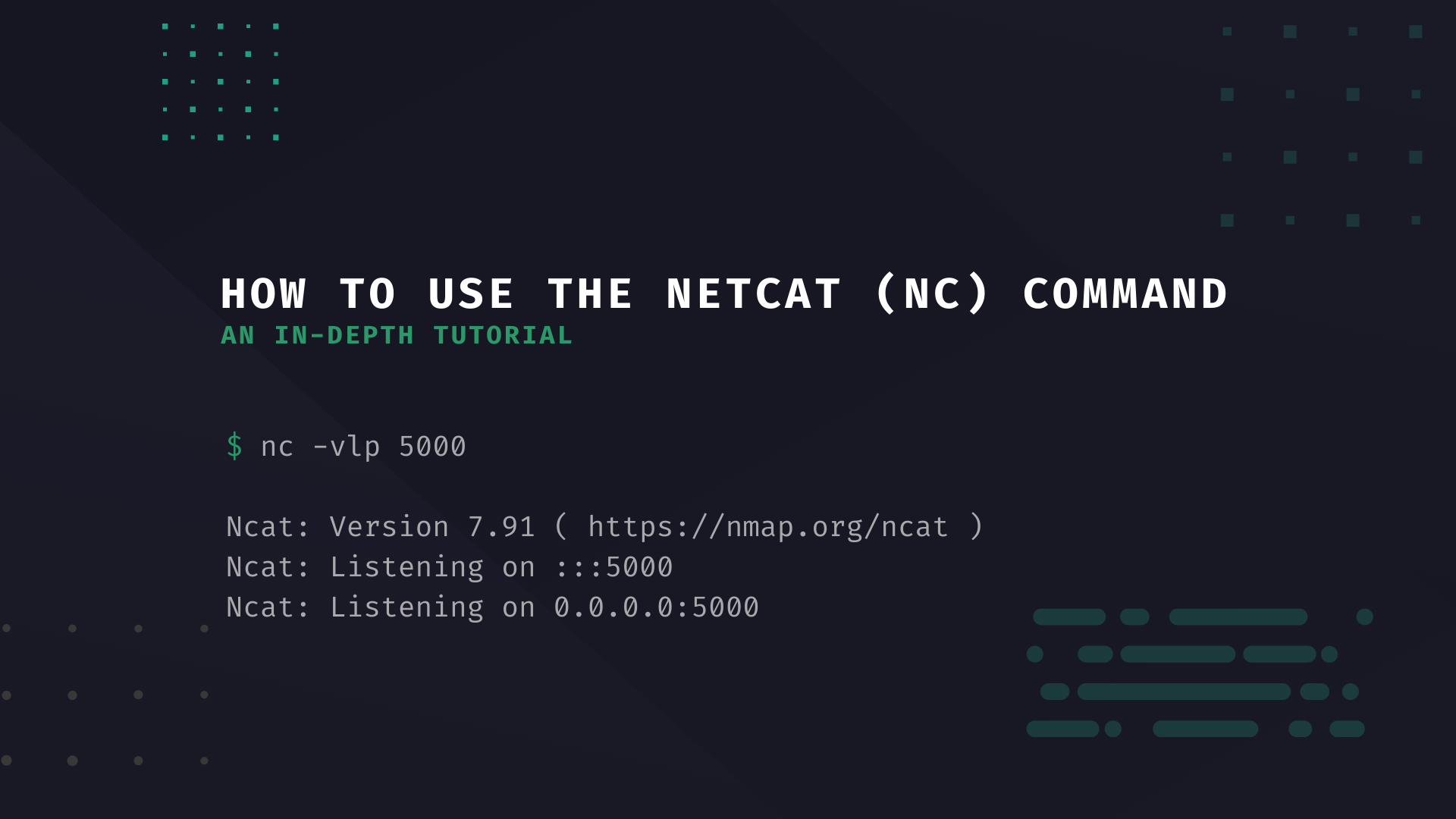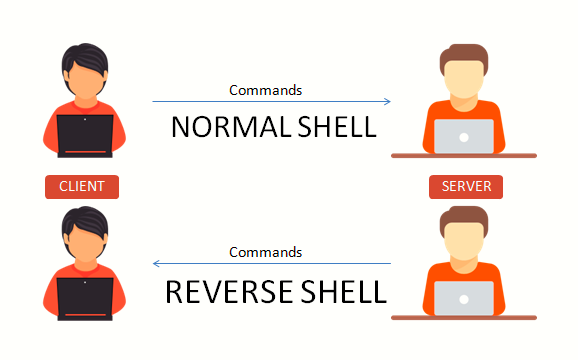
Many ready reverse shell codes exist for various systems and languages – see pentestmonkey’s Reverse Shell Cheat Sheet for an extensive list.

NETCAT REVERSE SHELL LINUX CODE
Now the attacker needs to (manually or automatically) execute code on the remote machine to connect to the listener. This will start a netcat listener on port 1111. On Linux, this can be as simple as one netcat command: ncat -l -p 1111 To start with, the attacker needs to start a listener process on their system to listen for reverse shell connections incoming to their IP address, for example 10.0.0.123. The injected code will often be a reverse shell script to provide a convenient command shell for further malicious activities. When attempting to compromise a server, an attacker may try to exploit a command injection vulnerability on the server system. Firewalls mostly filter incoming traffic, so an outgoing connection to a listening server will often succeed. For example, a piece of malware installed on a local workstation via a phishing email or a malicious website might initiate an outgoing connection to a command server and provide hackers with a reverse shell capability. However, they can also be used by cybercriminals to execute operating system commands on hosts protected from incoming connections by a firewall or other network security systems. Reverse shells are often the only way to perform remote maintenance on hosts behind a NAT, so they have legitimate administrative uses. But what if the remote host is not directly accessible, for example because it has no public IP or is protected by a firewall? In this situation, a reverse shell might be used, where the target machine initiates an outgoing connection to a listening network host and a shell session is established. To establish a typical remote shell, a machine controlled by the attacker connects to a remote network host and requests a shell session – this is called a bind shell.

Let’s see how reverse shells work in practice and what you can do to prevent them. A reverse shell (also called a connect-back shell) can also be the only way to gain remote shell access across a NAT or firewall. Attackers who successfully exploit a remote command execution vulnerability can use a reverse shell to obtain an interactive shell session on the target machine and continue their attack. A reverse shell is a shell session established on a connection that is initiated from a remote machine, not from the local host.


 0 kommentar(er)
0 kommentar(er)
